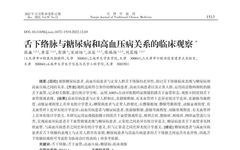The sublingual blood vessels include the sublingual vein and the sublingual artery. The sublingual vein, also known as the deep lingual vein, is located superficially and is clearly visible through the mucosal tissue, while the sublingual artery is a branch of the lingual artery that runs along the surface of the mucosa. Both are categorized as sublingual collaterals in Traditional Chinese Medicine (TCM). The diagnostic method of sublingual collaterals is one of the unique diagnostic techniques in TCM, which involves observing changes in the sublingual collaterals of patients to diagnose diseases. The earliest records of sublingual collaterals can be found in the “Huangdi Neijing” (Yellow Emperor’s Inner Canon), where they are referred to as “Lianquan” and “sublingual two vessels.” Discussions can also be found in the “Jingmai Pian” (Classic of Meridians), such as: “The foot Taiyin spleen channel connects to the root of the tongue and disperses to the sublingual area.” Many physicians, including Ge Hong from the Jin Dynasty in “Zhouhou Beiji Fang,” Chao Yuanfang from the Sui Dynasty in “Zhubing Yuanhou Lun,” Sun Simiao from the Tang Dynasty in “Qianjin Yaofang,” and various physicians from the Song Dynasty and Zhou Xuehai from the Qing Dynasty in “Xingse Waizhen Jianmo: Tongue Quality and Coating Differentiation,” have discussed the diagnosis and treatment aspects of sublingual collaterals. Although the diagnostic method of sublingual collaterals originated from ancient TCM texts and has a long history, it has not received sufficient attention from modern medicine.
In my years of clinical research in oral medicine, I have found that the manifestations of sublingual collaterals vary significantly among different diseases. I hope to summarize the clinical characteristics of sublingual collaterals in patients with diabetes and hypertension, and their differences compared to normal populations through this study. This may provide new insights for the early detection, prevention, and treatment of chronic diseases such as diabetes and hypertension.
Citation: Zhang Miao, Huang Rong, Peng Qiang, Song Lipei, Wang Rong, Chen Ruiyang, Liu Chenlu. Clinical observations on the relationship between sublingual collaterals and diabetes and hypertension. Tianjin Journal of Traditional Chinese Medicine, 2022, 39(12): 1513-1518.
ZHANG Miao, HUANG Rong, PENG Qiang, SONG Lipei, WANG Rong, CHEN Ruiyang, LIU Chenlu. Different manifestations of sublingual collaterals in patients with diabetes and hypertension. Tianjin Journal of Traditional Chinese Medicine, 2022, 39(12): 1513-1518.
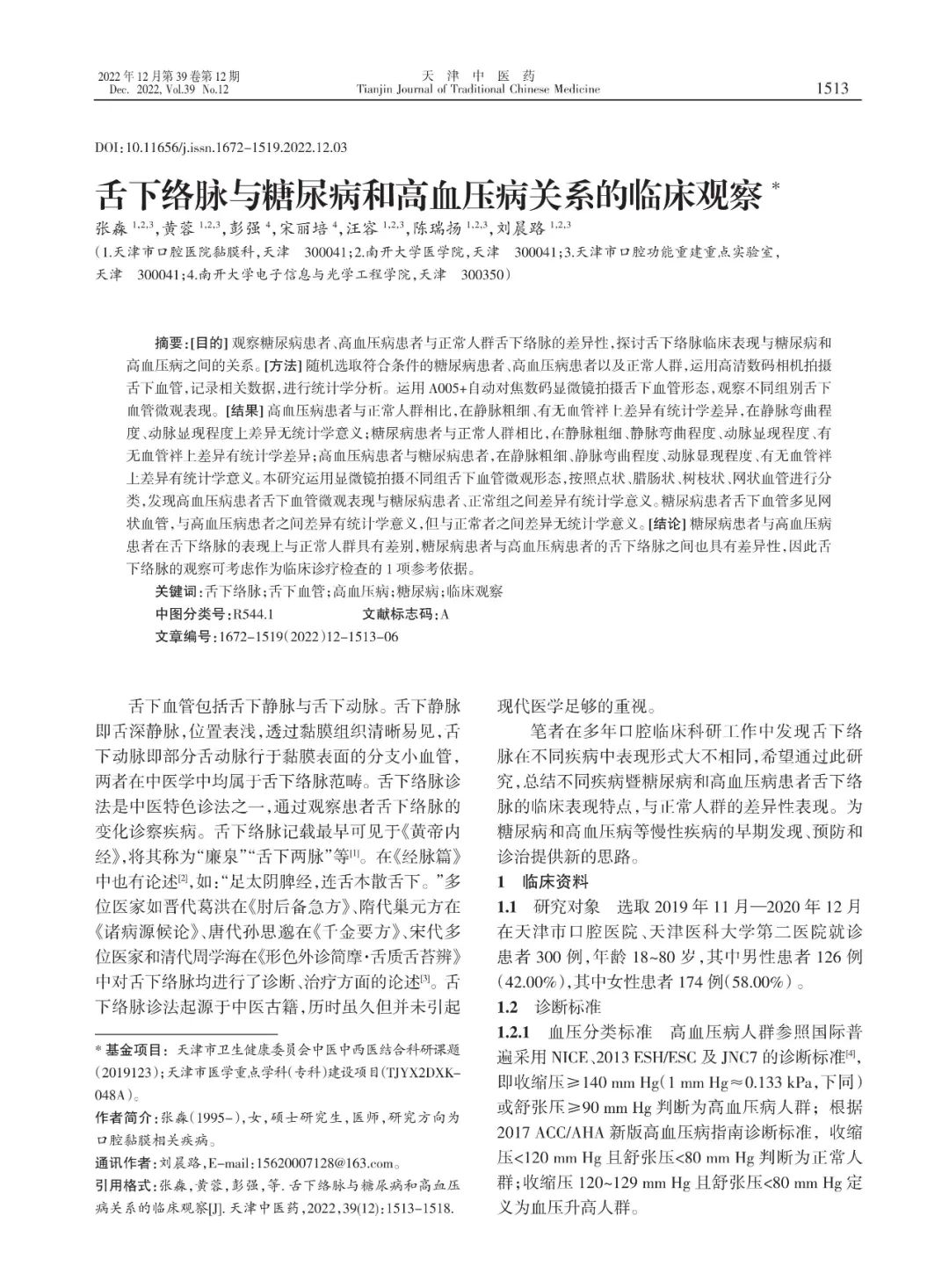
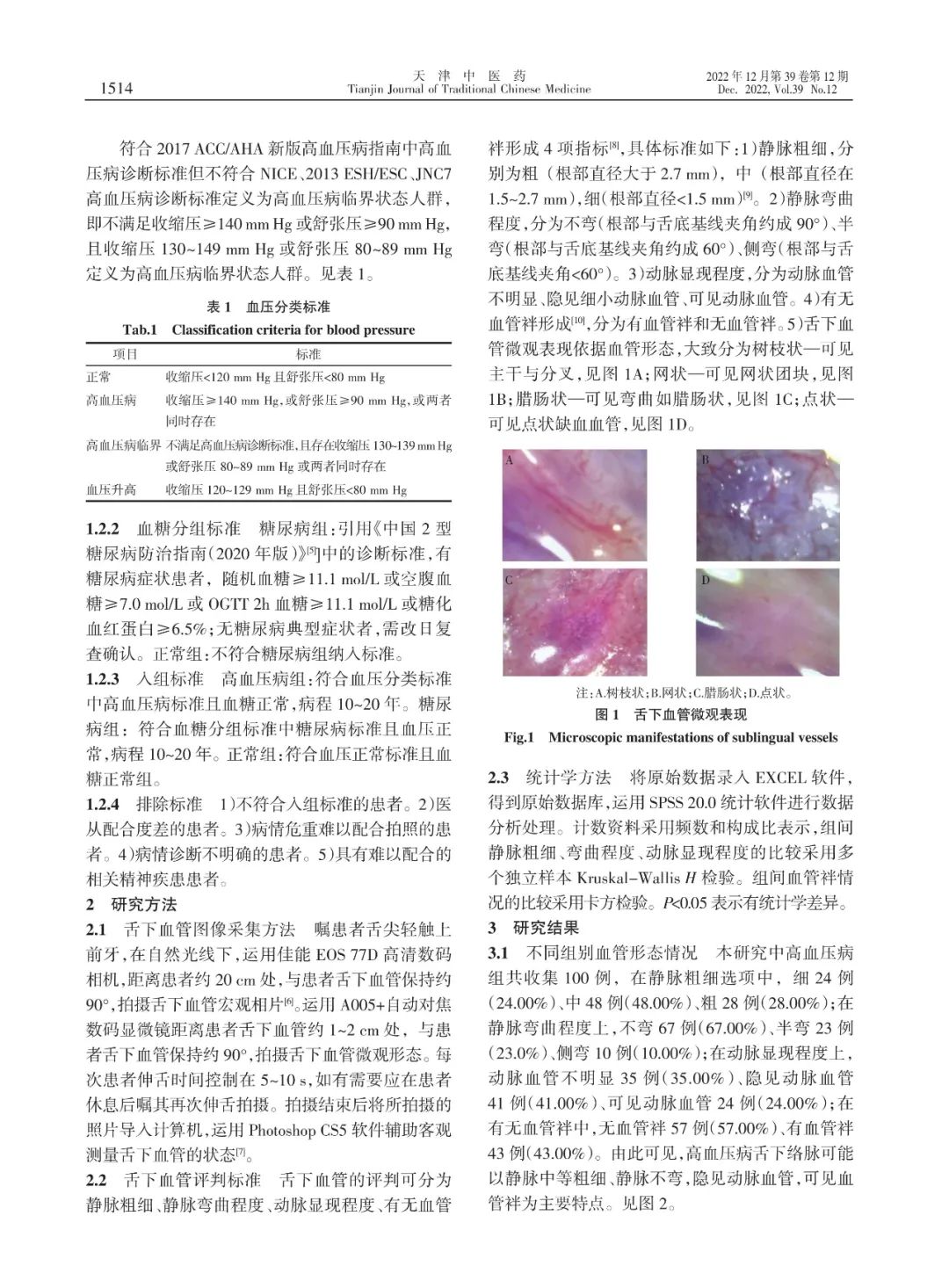
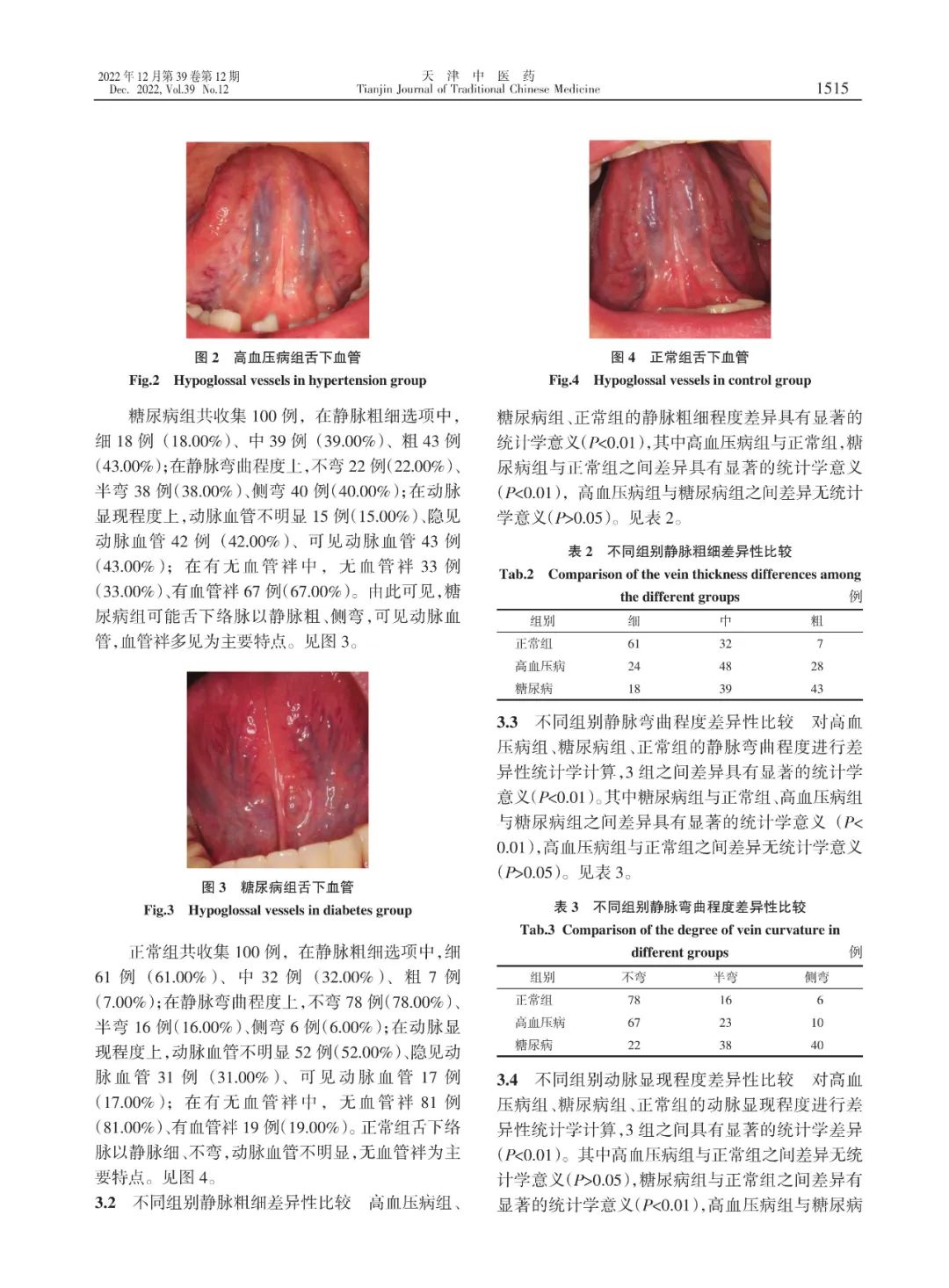
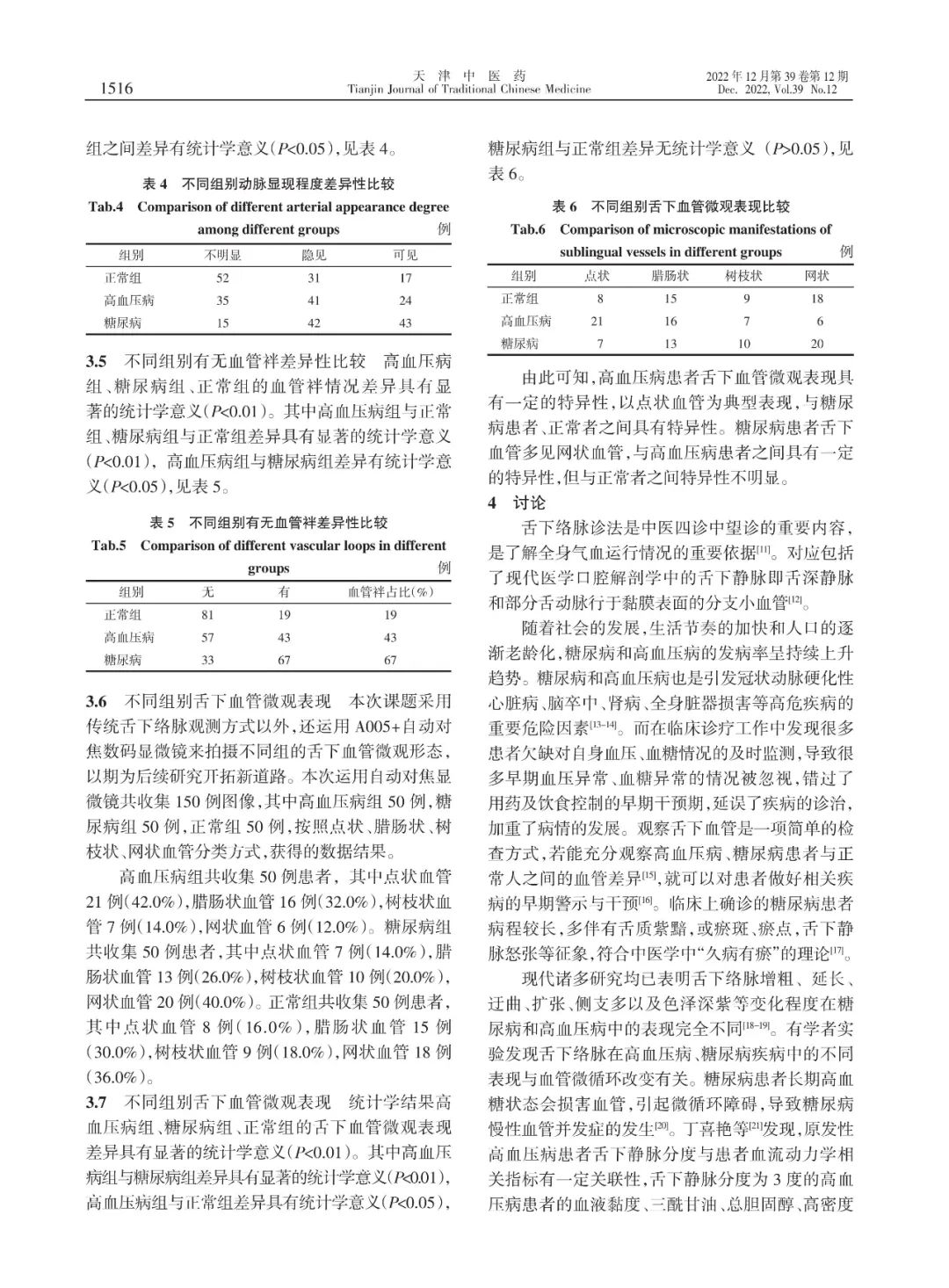
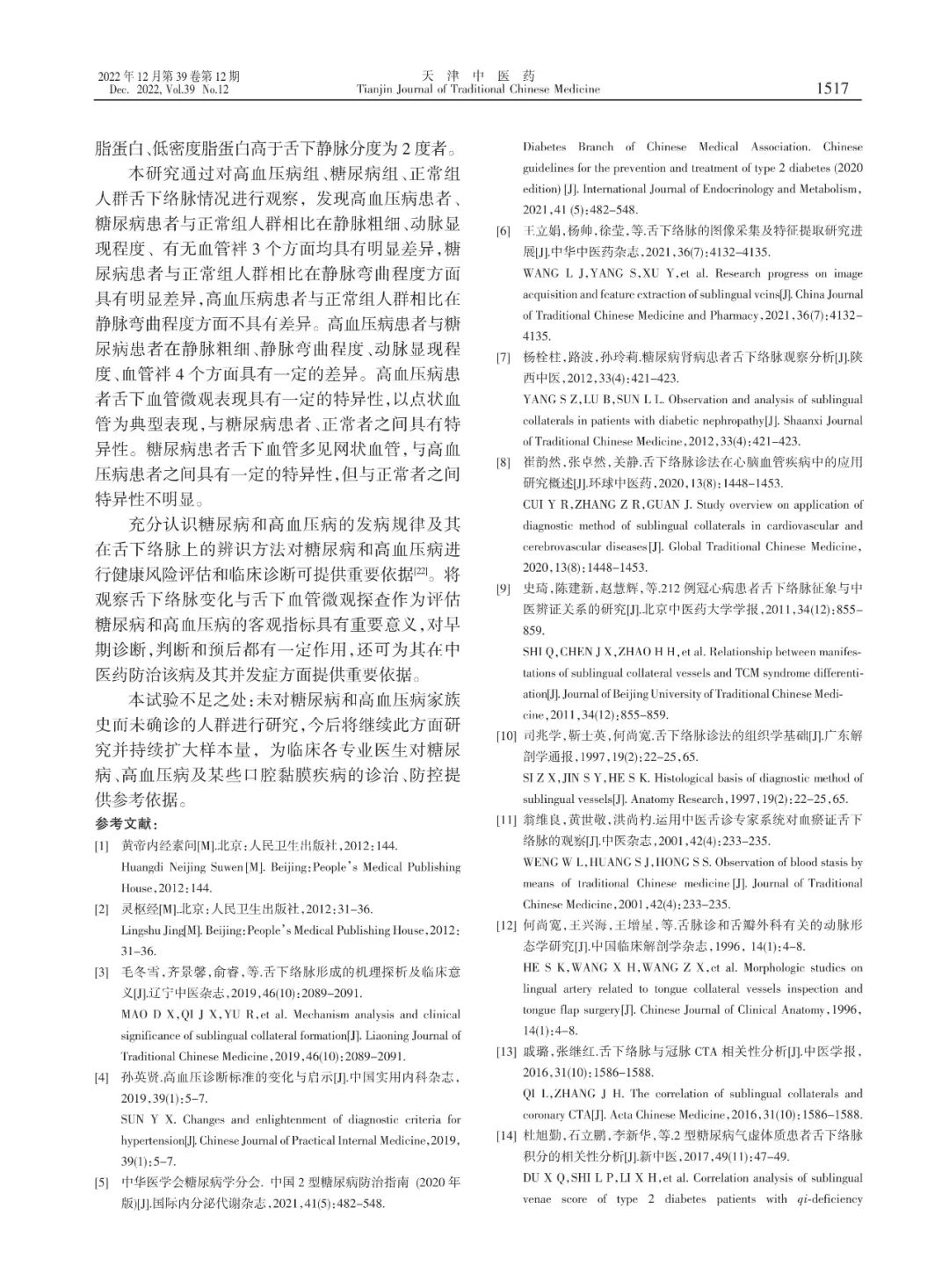


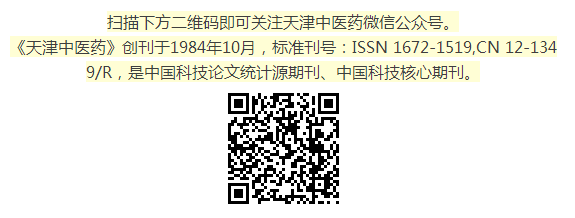
This issue’s editor: Sun Wencong
This issue’s reviewer: Zhang Zhenzhi
Copyright belongs to the Editorial Department of Tianjin University of Traditional Chinese Medicine JournalClick “Read the original text” to obtain the full text for free

